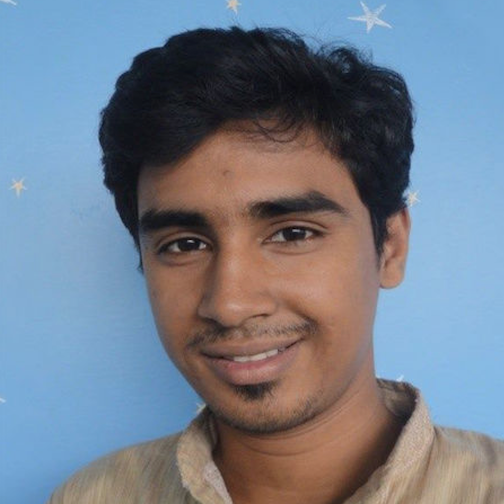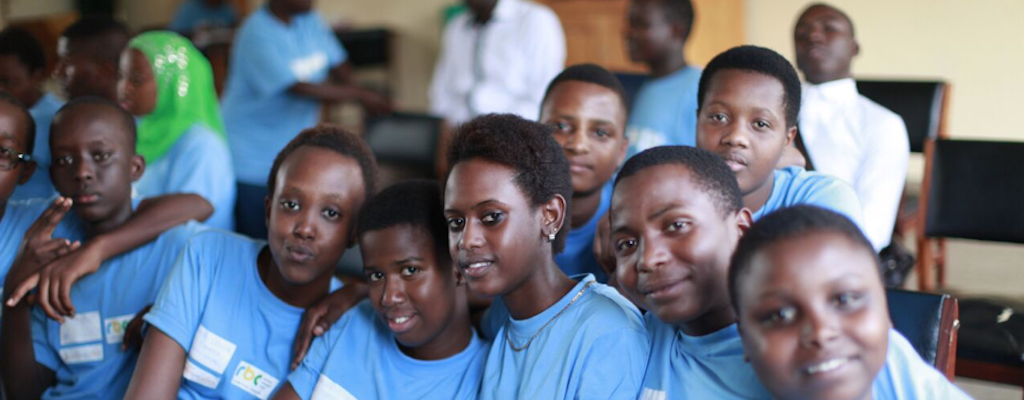The Face of Type 1 Diabetes in Developing Countries
Editor’s Notes: Until 2022, there have been wide gaps in the data about the incidence and impact of type 1 diabetes across the world. According to estimates from the type 1 diabetes (T1D) Index by JDRF, almost 25,000 people just like Tazul live with type 1 diabetes in Bangladesh, but more than 38,000 additional people would still be alive today if everyone had access to a timely diagnosis, vital diabetes supplies and management education. An average young person diagnosed at age 10 will lose an estimated 47.2 years of healthy life. Globally, there are an estimated total of 3.86 million people that would be alive today if everyone had equitable access to diabetes healthcare and tools. Learn more at T1DIndex.org.

Meet Tazul, a young man from Bangladesh. He is 23 years old and grew up in Gopalganj, a district on the bank of the Modhumoti River. Gopalganj is located in the southwest region of the country and can be considered a lower-income district. A quarter of the population live below the national poverty line of $2 per day and child malnutrition rates are currently at 48 percent.
Tazul is like any other 23–year-old, except for one significant difference.
When Tazul was 17, he was diagnosed with type 1 diabetes, a condition that is manageable with the appropriate medical and psychological support. However, like many other children in the area, Tazul came from a poor background, which meant that he did not have access to the resources needed to treat his condition.
Diabetes care in less-resourced countries
As a less-resourced country, Bangladesh does not have the infrastructure and resource networks to fully support, educate and manage type 1 diabetes. Diabetes is a lifelong condition and the essential insulin and additional supplies required can represent a significant proportion of the family’s income.
Since many people in developing countries live below the poverty line, countless children are not able to access optimal care, and may face a considerably shortened lifespan. In larger cities, a child living with type 1 diabetes has a life expectancy of around 20 years, but in more rural places, it’s less than one year. Growing up with diabetes, children also face debilitating complications. Social stigma and subsequent depression may affect job options and marriage prospects.
Type 1 diabetes is a constant and unrelenting condition. Balancing regular blood glucose testing, multiple daily injections of insulin, healthy food choices and physical activity can be very demanding. Young people want to be like their peers, and diabetes interferes with the spontaneity and quality of life that their friends enjoy. To combat this, education and additional support for young people, their families and health professionals are key. Education is the first step on the long road to reducing social stigma and discrimination towards people with diabetes.
Getting help from Life for a Child
When Tazul turned 19, two years after he was diagnosed with type 1 diabetes, he was enrolled in the International Diabetes Federation Life for a Child (LFAC) program, a 501c(3) organization dedicated to saving the lives of children and young people (under 26 years of age) with type 1 diabetes in developing countries.
With the support of Life for a Child, Tazul was able to manage and significantly improve his HbA1c level, (a term referring to glycated hemoglobin, vital to diabetes patients) by receiving the regular supplies, support and education he needed. He receives care from a Life for a Child partner, the Diabetes Association of Bangladesh, one of the largest and most respected of its kind in the world. Tazul’s overall well-being also improved as he began to feel stronger—physically, mentally and emotionally.
Today, Tazul is able to enjoy the freedom of being a young man, whose chronic condition no longer holds him back from living a full, happy and healthy life. He is actively participating in theatre, politics, social work and other volunteer activities. In fact, he just completed his Masters (MA) in the English literature program from Dhaka University, the most reputable university in Bangladesh.
Imagine what the remaining 115,000 young people who still need essential insulin and supplies could do with their lives if they could properly manage their type 1 diabetes.
Imagine what life is like for the thousands of young people who still need insulin just to see another day.
Imagine the difference you can make. Join the fight and learn how you can help.
Read A Death Sentence—Changing the Outlook of Type 1 in Developing Nations.





